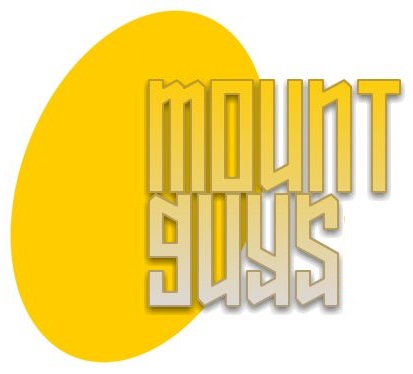 Ahoy. Have a Fishfinder, Chartplotter or GPS and the stock mounting bracket isn’t cutting it? Common problem.
Ahoy. Have a Fishfinder, Chartplotter or GPS and the stock mounting bracket isn’t cutting it? Common problem.
Most marine electronics are larger than your typical GPS unit and coupled with the unique requirements of using your device on a boat, a need for something larger and more flexible than a flush mount might be required. You want that mount to be rugged and resistant to the elements. Many aftermarket mounts couple with your current bracket to add a more secure grasp to your device while allowing it to be moved to a more convenient location, often closer to the user or even out of the way when not in use.
The large manufacturers of marine electronics typically include what is called a gimbal bracket with their units. A gimbal bracket will mount to any flat surface and will permit you to tilt the unit up towards your line of site. They are solidly made usually out of metal. The drawbacks of the gimbal bracket is difficulty in removing the unit from it and a lack of flexibility in positioning it closer to your eyes.
We are often asked about using a suction cup on a boat. If out in the elements especially in salt water, we steer our customers away from this idea as salt water can quickly erode the integrity of a suction cup. You want a mount that is made of a non corrosive materials like marine grade metal. We also find that a high vibration environment and suction cups don’t always marry up well.
The best option is to purchase a good metal flat surface mount. There are many manufacturers of these types of mounts. Select a mount made of metal that has a non corrosive coating. This is especially important for salt water. Most marine electronic units weight in excess of five pounds, so a metal mount will add the strength to hold your device securely. Figure out where you want to place the device and if you need to swing it out of the way when not in use. Think about if you will feel safe leaving your expensive device in your boat when you are not there. If not, then buy a mount that will permit easy removal of the device.
The two most solid mounts that we know of come from a company named RAM. Both are made of metal and have a universal top plate which will match up to almost any gimbal bracket pattern. There are two sizes. The smallest mount is made to hold devices up to 5 pounds and the larger mount will hold devices that weigh up to 10 pounds. We recommend the larger mount for what is typically a small additional charge.
When selecting your mount, be sure it is made to hold your device. Most gimbal brackets will be used along with the mount. Note the bottom of the gimbal bracket will have a series of holes. You will want to ensure the holes line up with the mount. Also make sure the mount includes mounting bolts and nuts or be prepared to make a trip to the hardware store to buy these. Give some thought to the installation and whether or not you feel comfortable enough to drill holes into your boat and access the underside of the surface to bolt the mount to the flat surface. You need to be completely accurate with your drill because mistakes in terms of extra holes can be costly to repair and will exceed the cost of a professional installer.
